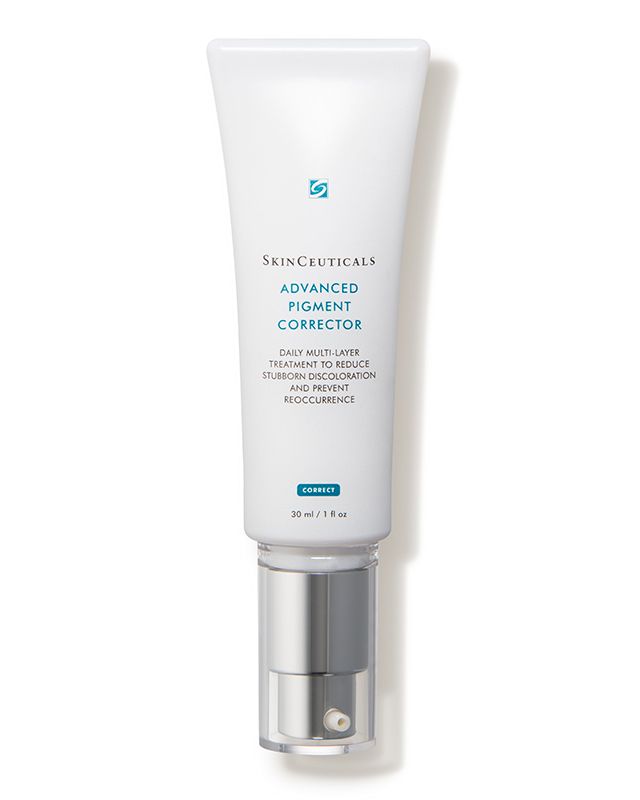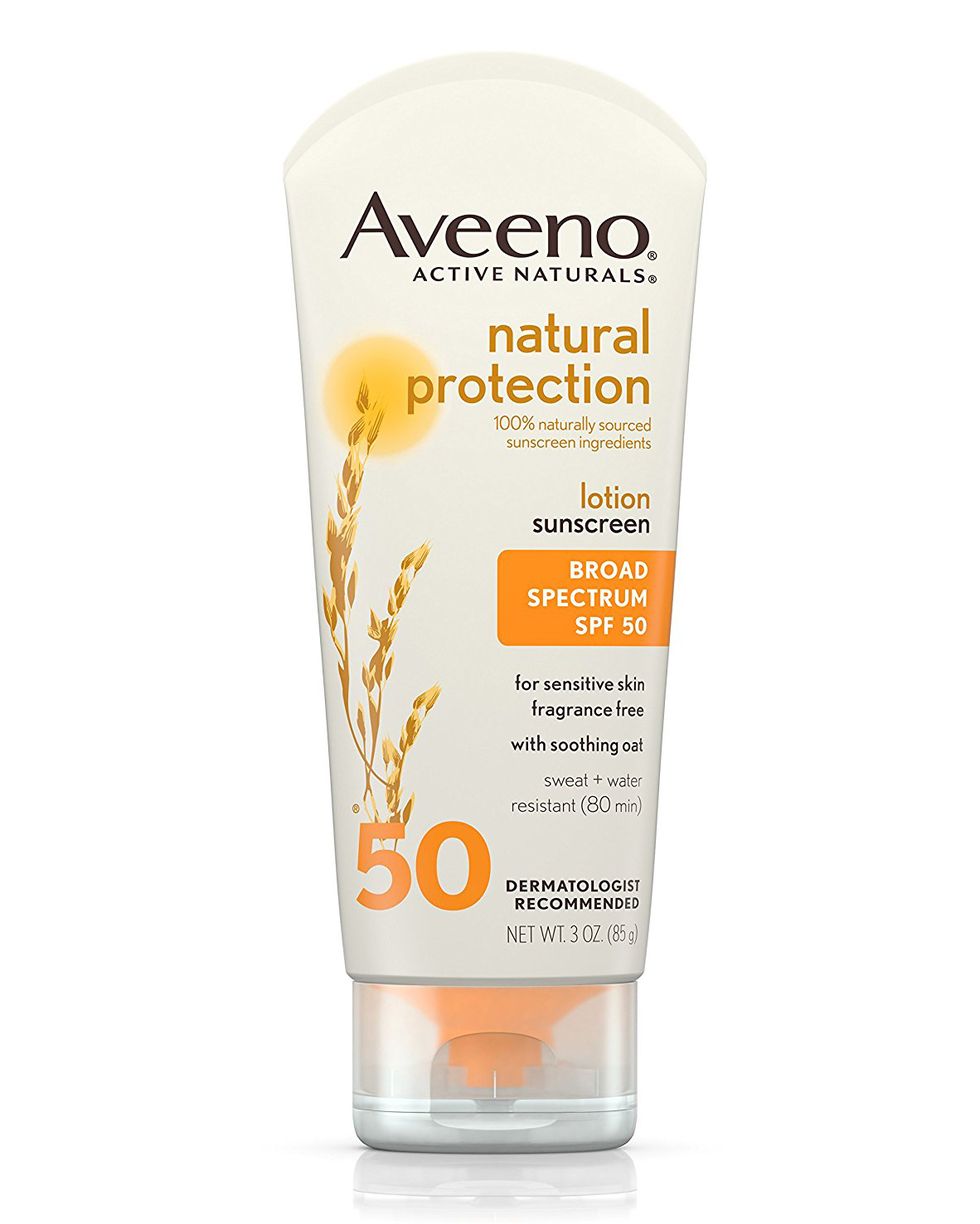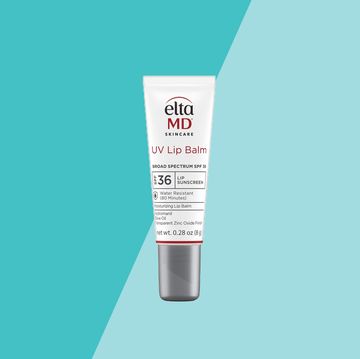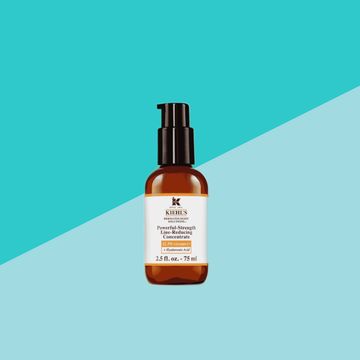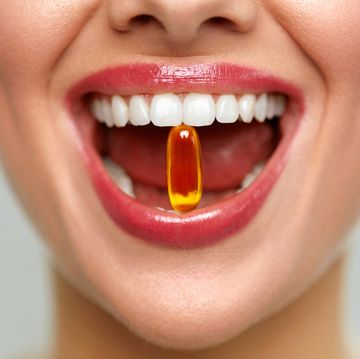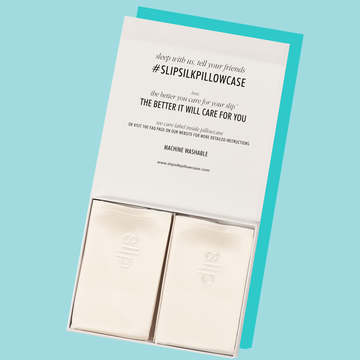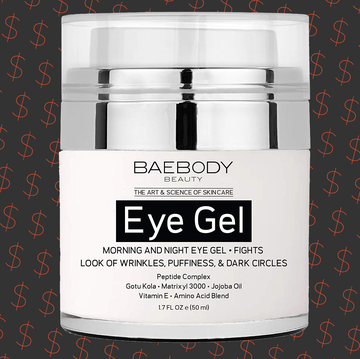If you've ever been pregnant, you may have noticed that along with those lovely stretch marks, you also developed melasma, weird blotches of brown, tan, or blue-gray pigmentation on your face, particularly around your forehead, temples, the bridge of your nose, and your upper lip. But you don't even need to be pregnant to get this so-called "mask of pregnancy": You can develop it by taking hormonal birth control, having too much sun exposure, or simply having darker skin. All three things kick-start your melanocytes—the color-making cells in your skin—to go into overdrive and produce too much color, causing discoloration, explains NYC dermatologist Julie Karen, MD. And while there's technically no cure for the condition, thankfully there are treatments to minimize it. Here's how to treat your melasma.
DO consider using Tri-Luma.
Long considered the gold standard for treatment, this prescription product contains three ingredients: the skin lightener hydroquinone, a retinoid to speed cell turnover, and a corticosteroid to reduce inflammation. The chief player is hydroquinone—it works by inhibiting the enzyme tyrosinase, which is important for the development of skin melanin (aka pigment). About 70% of patients see about a 75% improvement in their melasma within about 2 months of using the product, according to one study done at St. Luke's-Roosevelt Hospital in NYC. Alas, it's not permanent: As long as you continue to use hydroquinone, you'll inhibit tyrosinase (and pigment) production, but once you stop, your melasma will slowly return. In darker skinned patients, long term hydroquinone use has been associated with skin darkening, or ochronosis, so most dermatologists recommend Tri-Luma for only about 2 to 4 months to jump-start the fading; then alternating for a couple months with another over-the-counter bleaching agent.
DO try an OTC botantical while you're on break from Tri-Luma.
Some of the best ones contain kojic acid, which lightens skin by suppressing tyrosinase. It's meant to be used twice a day for 2 to 3 months, Karen says. For optimal results, use a product that contains other skin lightening ingredients such as arbutin or vitamin C. Three that have been shown to work in clinical trials: SkinCeuticals Advanced Pigment Corrector, SkinMedica Lytera Skin Brightening Complex, and Elure Advanced Skin Brightening Technology.
DON'T stay on the pill while you're treating your melasma.
The hormones can worsen symptoms of melasma, undoing all the progress you've made with the topical products. (Consider one of these 10 non-hormonal birth control methods instead.)
DO check out chemical peels.
If you don't see an improvement with one of the topical products, consider a light chemical peel every 1 to 2 months—ones that contain salicylic acid have been shown to provide the most improvement with the fewest complications. Brand-new to the market is the Vi Peel with Precision Plus, a booster peel that also contains skin brighteners such as vitamin C and kojic acid (about $200).
DO try a laser.
The safest—and most effective—option is a low-energy laser like the Clear + Brilliant Laser System, Karen says. (Most people require 4 to 6 treatments, at $200 to $350 a pop). For even better results, combine the laser with other treatments such as microdermabrasion and topical products such as hydroquinone. One NYU study found that 75% of women who did all three experienced at least a 75% improvement, with 40% almost getting rid of their melasma entirely. "The theory is that the laser pokes tiny holes in the skin that allows for better product absorption," explains Karen.
DON'T use a high intensity laser like Fraxel.
These promise to zap melasma away by destroying pigment cells, but buyer beware: They can actually aggravate the condition by triggering irritation or inflammation that causes melanocyte cells to ramp up again into overdrive.
And finally...DO wear sunscreen, even if you're indoors.
Since UV exposure triggers melasma, you need to wear sunscreen every day, even if you're inside (certain types of UV rays can pass through windows, Karen says). Physical blockers such as zinc oxide or titanium dioxide offer the most protection, according to the American Academy of Dermatology. Karen also recommends popping the oral antioxidant Heliocare, which studies show offers additional UV protection.

Hallie Levine is a freelance writer who has written about health and fitness for more than 20 national publications, including Glamour, Newsweek, and the New York Post. She lives in in Fairfield, CT with her three kids and dog.

